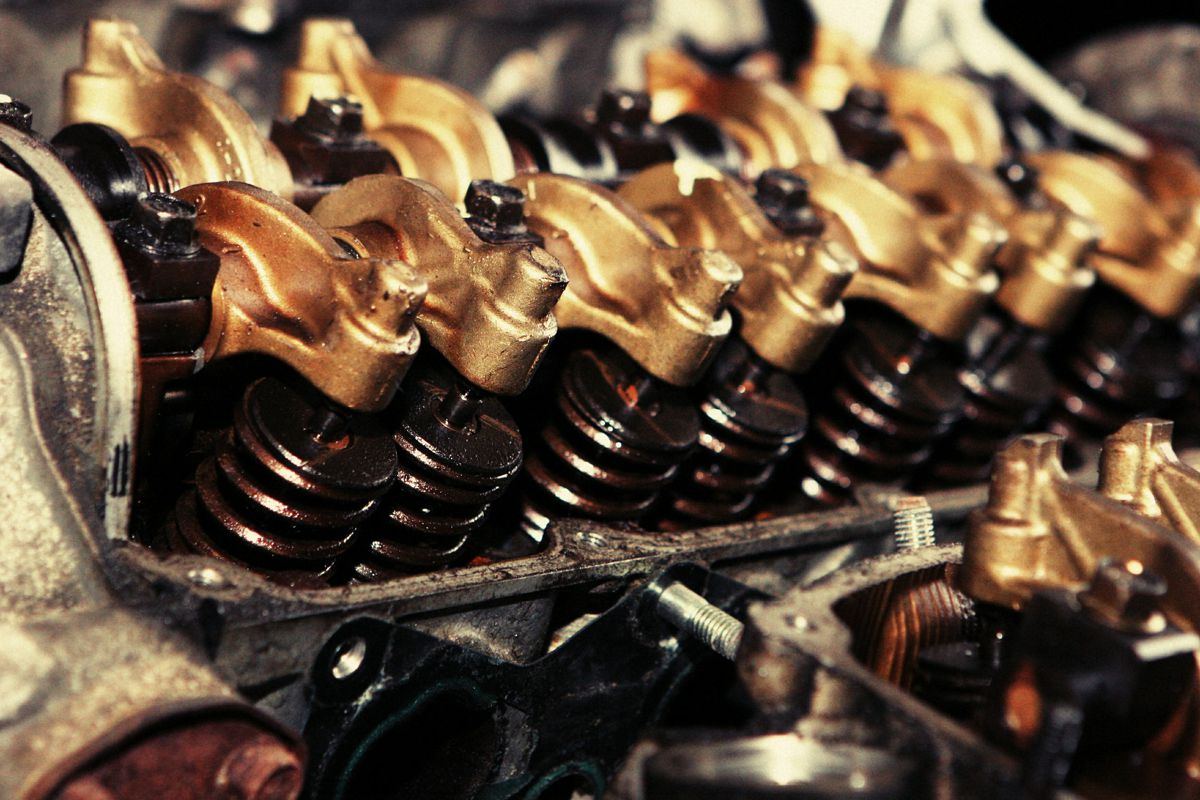Hydrous ethanol dual fuel may help reduce greenhouse gases in the Rail Industry
Climate change is inspiring many industries to examine how greenhouse gas (GHG) emissions can be reduced. Rail and marine, which together account for about 4% of transportation’s GHG emissions, are a relatively small but important area where progress can be made.
Essam El-Hannouny, a principal mechanical engineer at the Department of Energy’s (DOE) Argonne National Laboratory, won a Technology Commercialization Fund (TCF) Award from DOE to expand his research on how a renewable alcohol-based biofuel can serve as a dual fuel to help decarbonize locomotive engines. His research is also relevant to port and inland marine vessels, such as tugboats and ferries.
El-Hannouny is working closely with Progress Rail, a Caterpillar company, to develop a second fuel system that can be installed in existing locomotives to supply hydrous ethanol to engines.
“We are excited to be building on our 25-year relationship with DOE and Argonne National Laboratory, researching the next generation of alternative fuels. Despite being the most fuel-efficient way to move freight across the country, railroads generate 90 billion pounds of CO2 each year, so there is an opportunity to make a substantial greenhouse gas impact with this work,” said Ed Cryer, director of engine systems at Progress Rail.
El-Hannouny’s research is funded by two different DOE offices in the Office of Energy Efficiency and Renewable Energy (EERE). The first is the Vehicle Technologies Office (VTO), which aims to advance combustion engine technology and simultaneously reduce criteria emissions, such as carbon monoxide, nitrogen oxides and ozone. The second is the Bioenergy Technologies Office (BETO), which supports ground-breaking technologies to produce fuels, products and power from non-food sources of biomass and waste resources.
Like gasoline or diesel, ethanol releases carbon dioxide when it burns (albeit less of it). Crops such as corn, which are planted in order to produce ethanol, capture carbon dioxide through the crops’ natural process of converting sunlight into energy to grow. This means any carbon dioxide produced burning ethanol fuel is partially offset by the renewable process of growing the crops to produce ethanol fuel. Gasoline and diesel, on the other hand, are fossil fuels refined from petroleum taken from the earth. Fossil fuels are not renewable and no emissions are offset when they burn.
El-Hannouny believes the rail industry could retrofit most engines to accept the dual fuel technology within two to three years of the project’s conclusion.
“The rail industry does retrofits all the time,” he explained. “It’s a good, fast way to adapt technology into an existing engine by manufacturing a retrofit kit that can be installed on current engines or on newer engines.”
Adapting existing fleets a compelling issue for rail
“Locomotives have extremely long service lives,” said Doug Longman, section manager of engine combustion research within Argonne’s Energy Systems division. “It takes a really long time to get older units out of service.”
Older locomotive engines generate a surprising amount of unwanted emissions. In a recent California Air Resources Board study of port areas and sources of emissions there, rail ranked second in creating nitrogen oxides (NOx) emissions due to the use of older locomotives to move heavy cargo around the port. In fact, El-Hannouny’s focus initially was on finding a criteria emissions reduction technology for NOx.
El-Hannouny’s approach of adding water to ethanol to create hydrous ethanol should reduce NOx emissions. Leaving water in the ethanol should reduce the energy required to make it. Substituting ethanol for diesel fuel should reduce both cost and life cycle GHG emissions.
This dual fuel approach to cutting man-made greenhouse gas emissions, which has been successfully tested on heavy duty trucks in the past, is an important step to fighting climate change in the marine and rail industries.




















